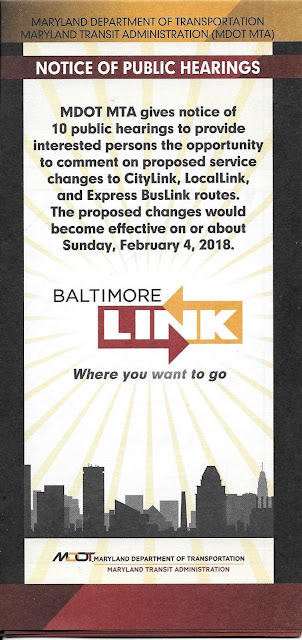Scheduling 201: What is a Service Change?
Welcome to Scheduling 201:
Getting the basics out the way, the topics will get more involved and really dive into the scheduling process.
With the upcoming service change happening in less than a week, it was the appropriate time to discuss what a service change is and how input from riders, workers, and analysis all come together to make that change happen.
A Service Change is when schedules are modified, whether trips and routes are added, eliminated, or realigned. This includes Headways/Frequency, and Span of Service.
MTA conducts a service change three times a year: Winter (usually starts at the beginning of February), Summer (begins after school closes for the Summer break), and Fall (When school starts again)
This is when routes/trips can be added, modified, or eliminated. All other service changes, only trips can added, modified, or eliminated. Formerly, changes that added/eliminated routes or changed alignments, could happen during any of the change periods. Now it only happens in the Fall.
Here is a notice from November 2017 about proposed changes for Winter 2018.
For the Fall service change, planning starts as early as January with analysis conducted to evaluate whether the proposed changes meets Title VI, the American with Disabilities Act (ADA), and a required Service Equity Analysis.
Title VI is an anti-discrimination law which affects how transit is provided. Below is the definition:
In other words, any service proposal put forth for review (either internally or by the public) should not enrich one set of riders while disenfranchising another set of riders. The ADA works similarly, more so for disabled riders.
Once the proposals are approved by management, a notice of public hearings is issued 30 days before the first hearing in which the proposals are posted (online, on MTA vehicles, and at MTA venues) and the comment period on the proposals is opened. The comment period ends 30 days after the last public hearing.
These hearings gives riders and elected officials the chance to see the proposals, ask questions, and submit comments about those changes in person. MTA personnel, mainly from the planning department and service development offices are on hand to engage and answer those questions. Hearings usually occur between April and May, so to give service planning and scheduling time to make adjustments and finalize those changes.
Brochures, car cards placed inside buses and trains, and notices like the one at the top, are printed to let the public know when the hearings are scheduled. At the hearings, boards and maps are displayed in an easily readable format, detailing everything proposed.
Public hearings are scheduled in central locations and in the areas where the proposed changes are to occur to allow those that would be affected to have a say in those changes. One such hearing happened at the Waverly Library, where an MTA staff member is seen discussing changes with a concerned citizen.
The last step before changes are finalized is to have them go through what is called a Service Equity Analysis. This analysis is "to ensure that a proposed service change will not produce
any disparate impacts, unintentionally or otherwise, against one or more
protected groups."
So
for example, the MTA cannot propose a line be eliminated that serves a low
income area, while using those resources to add or improve a line that
serves a moderately to high income area.
For example, if the 57 Belair-Edison shuttle was proposed for elimination and the "saved" resources were going to add trips to the 120 Express BusLink service. Unless given a compelling reason, the SEA would deem this type of change a no-go, and it would have to be either modified or dropped completely.
Even changes that positively affect riders beyond a set percentage, would need to be justified under the SEA. Smaller service updates that do not require a public hearing and are done for the Winter and Summer service change, will still need to go through the SEA process.
For example, if the 57 Belair-Edison shuttle was proposed for elimination and the "saved" resources were going to add trips to the 120 Express BusLink service. Unless given a compelling reason, the SEA would deem this type of change a no-go, and it would have to be either modified or dropped completely.
Even changes that positively affect riders beyond a set percentage, would need to be justified under the SEA. Smaller service updates that do not require a public hearing and are done for the Winter and Summer service change, will still need to go through the SEA process.
Once any adjustments are made, the process to create schedules begins. By the end of July, those schedules are completed and notices are drafted to explain which changes will happening for the Fall.
After the new changes goes into effect, another evaluation takes place based on comments for potential updates for the following service change.
Next Up: CityLink Service Changes
References:
Image of Public Hearing
Beeler, Buzz. “MTA Develops Bus Routes Without Community Input to Flood TPA With Cheap Labor.” The Baltimore Post, Baltimore Post LLC, 1 Dec. 2017, thebaltimorepost.com/mta-develops-bus-routes-without-community-input-flood-tpa-cheap-labor/.
Image of Title VI
“Title VI.” Brazos Transit District, www.btd.org/about-the-district/title-vi/.








Comments
Post a Comment